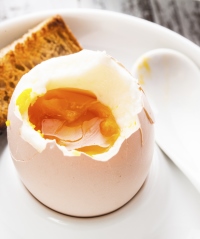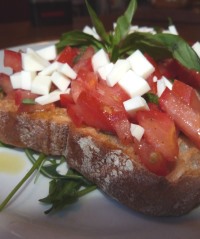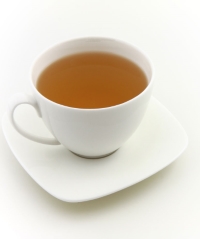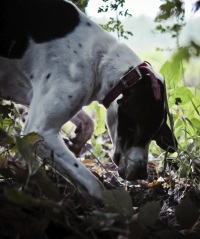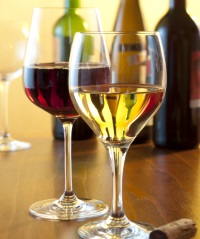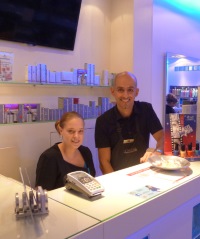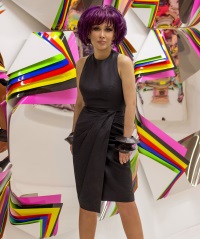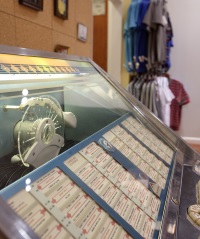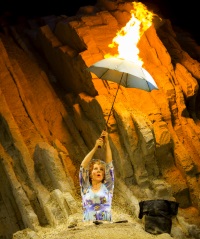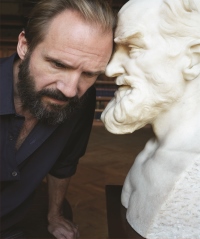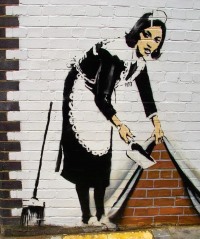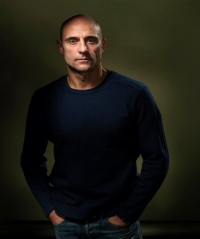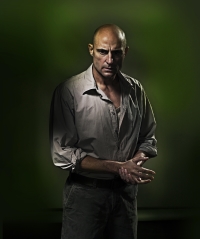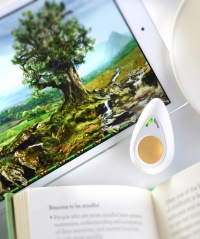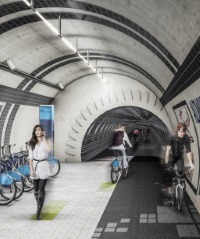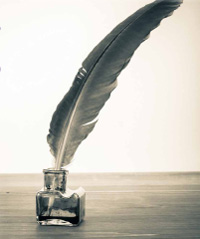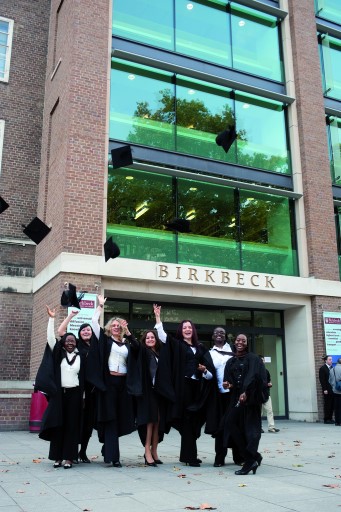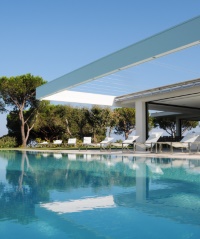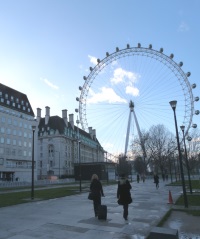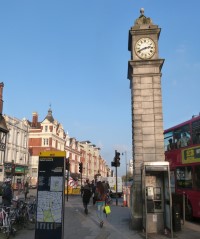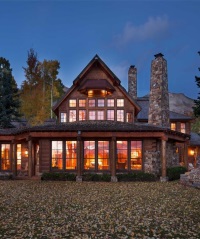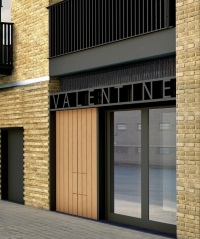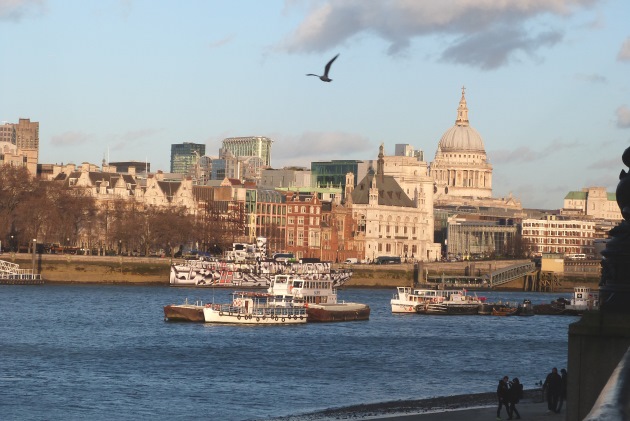
think of London – of central London in particular – and it’s hard not to feel this bustling city has been here forever. Indeed, it almost has. Under the orders of emperor Claudius, Londinium replaced Colchester as the provincial capital of Brittania in AD 43. The settlement was small (about the same size as Hyde Park), but it was powerful. Built on the north bank of the Thames, Londinium roughly covered what is now the City of London, and was used by the Romans as a strategic base in their conquests against the Celts. It has been growing ever since.
It almost beggars belief that until the early 19th century, the Southbank – now widely regarded as one of the city’s most vibrant cultural centres – was practically deserted. Less than 300m across the surging river from a burgeoning capital, the southern bank of the Thames was just marshland – infertile, soggy and practically useless (hence the street names of SE1, like Lower Marsh). Even the parts set back from the river that were viable, accessible only by ferry, were little more than dens of deviance. Located outside of the official city boundaries, it was outside the official city laws, too.
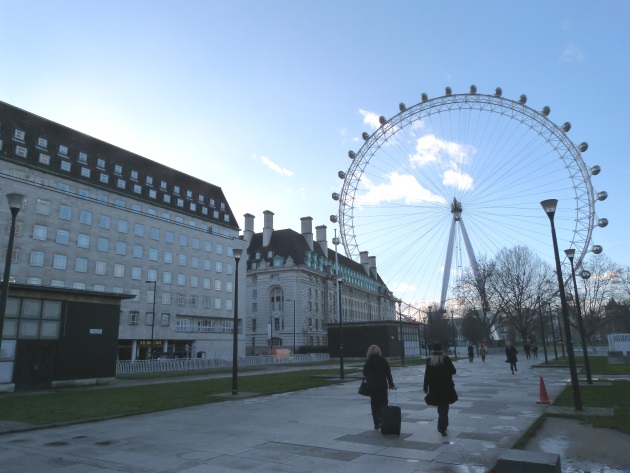
The only indication of the Southbank’s somewhat brighter future was that, popping up alongside the brothels and taverns, were a number of theatres and playhouses – most notably the Rose, the Swan and Shakespeare’s Globe.
It was not until the industrial revolution that the bank itself was put into use. By the 1830s, the undeveloped mud flats and shallow banks were home to tanneries, leadworks and even breweries, swiftly becoming a focal point of construction and development. At the peak of the industrial revolution in the 1850s came the steam railways; Waterloo, still the UK’s busiest station, opened in 1848. Coal-fired, Waterloo’s screechingly loud trains belched out tons of soot, which settled as an oily, black film of dust on everything around.
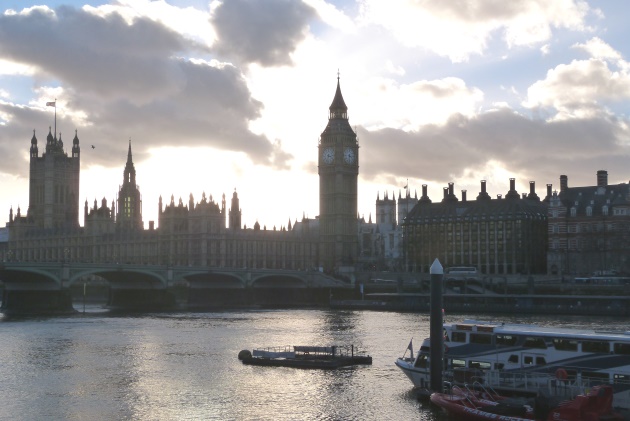
Growth and development continued up until the devastation of the First World War. When it opened in 1922, Ralph Knott’s grand, baroque County Hall served as the seat of London’s local government before Margaret Thatcher disbanded the Greater London Council in 1986. Since, it has been home to the London Dungeon, the London Aquarium and even the Saatchi Gallery for a short time.
“It’s no wonder it’s known as London’s living room
But it was only in 1951 that the Southbank got its moniker. Postwar London – shattered, bleak and demoralised – needed a facelift. Thus, the Festival of Britain was born and the Southbank was named as the festival’s focus. Created by Herbert Morrison (under Clement Attlee), the festival was devised as a celebration of the country’s contribution to science, technology, design, architecture and the arts. Realising that a festival is only as good as the space in which it sits, Morrison commissioned the design and infrastructure of the area that we now think of as the Southbank proper. While the Royal Festival Hall is the only original construction remaining, it was undoubtedly this great, joyful enterprise that built the foundations for the Southbank we know today.
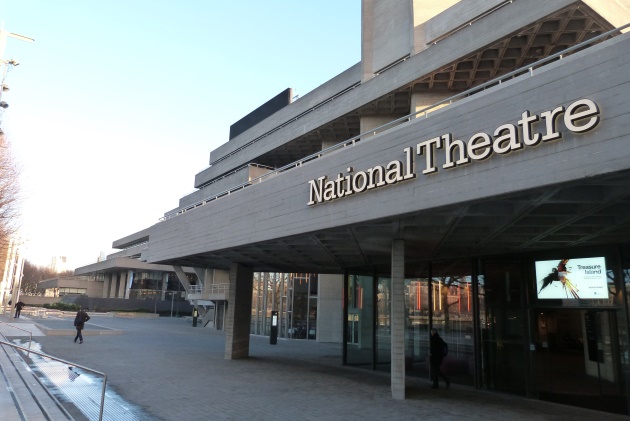
Even in 2015, the Southbank seems to stand for the same values that it did in 1955 – a dedication to the growth of the arts and culture, and to the public consumption of such things. It’s no wonder it’s known as London’s living room. Over the years, additions to the Southbank have included the National Theatre and the hulking Queen Elizabeth Hall (voted Britain’s ugliest buildings when they were built, now both cherished as paradigms of brutalist architecture), the Old Vic, the Hayward Gallery and the London Eye (now set to stay until at least 2025). Once abandoned warehouses have become swanky offices and covetable apartments. Currently, developments like One Blackfriars and the Southbank Tower are transforming the face of the area even further.
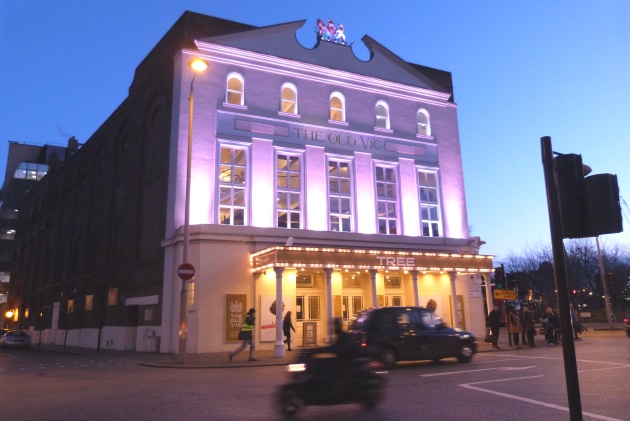
It is easy to forget that the Southbank is not just a tourist destination, but also a place to work and to live too. Tom Flanagan, whose office sits behind the OXO Tower on the riverside, says working here is almost too good to be true. “Looking out and seeing Somerset House on one side, and then St Paul’s and the financial district on the other is a pretty cool feeling… It always feels alive.”
So alive, in fact, that the majority of flats in nearby Southbank Tower were sold before they were even begun. Nanette Hung, a sales negotiator at CBRE, is unsurprised by this fact. “It’s getting more and more trendy…It’s all changing,” she says. “Everyone loves to be by the river”. CBRE started selling property in One Blackfriars in 2013 (the development won’t be completed until at least 2018), and 3-bedroom flats are going for as much as £8 million and up, with interiors by up-and-coming designers like Sophie Ashby.
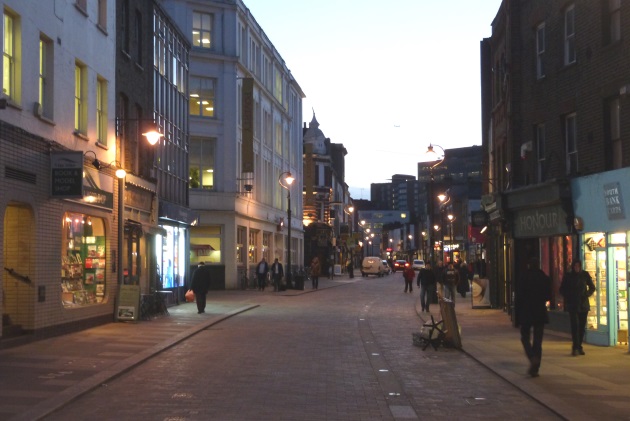
That said, the Southbank isn’t just for millionaires. Step back from the river and prices drop considerably, despite the fact that the heart of London is just a short walk across the river.
But development or no development, speak to any tourist, commuter, or local and you would be hard pushed to find someone along this short little stretch of the Thames who wouldn’t agree that the Southbank is London’s ultimate success story. It is the rags-to-riches tale that defines the optimism of growth and change in our city that the Romans first saw potential in, and it’s still going strong.
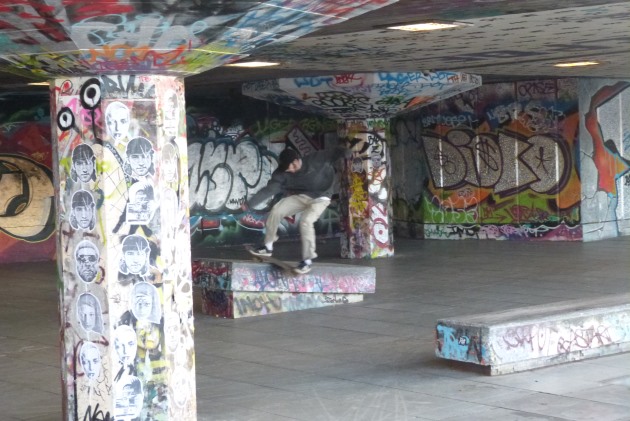
-
fresh from THE EARTH
Truffles, one of the worlds most prized ingredients
Category: Food&Drink -
time for TEA
The past and present of Britain's favourite beverage
Category: Food&Drink -
BRUSCHETTA by Studio 6
Category: Food&Drink -
sure as EGGS IS EGGS
Whether scrambled, chocolate or Fabergé, nothing says Spring quite like eggs
Category: Food&Drink -
a vision of THE FUTURE
FutureFest takes place at Vinopolis on 14th & 15th March
Category: Style -
A VIEW from the bridge
The true story told to Arthur Miller by a NYC lawyer that underpins this play and inspired 'The Hook' and 'On the Waterfront'
Category: Culture -
Live... street ART
Freed from the confines of theatres and galleries, artists increasingly explore public spaces and avant-garde ideas
Category: Culture -
Entertainments Listings
Spring seasons listings
Category: Culture -
be HAPPY
Samuel Beckett's 'Happy Days' has returned to The Young Vic
Category: Culture -
upside down UTOPIA
An answer to Safe-Cycling in the capital, and possibly more...
Category: For The Soul -
london LEARNING
Looking to learn something new?
Category: Education -
new ways TO LIVE
The 'Health Tech & You' Awards hit the Design Museum this spring
Category: For The Soul -
a walk along THE SOUTHBANK
The rags-to-riches tale of London's heart of arts and culture
Category: Property -
DREAM homes
A small paradise on the Côte d'Azur
Category: Property

